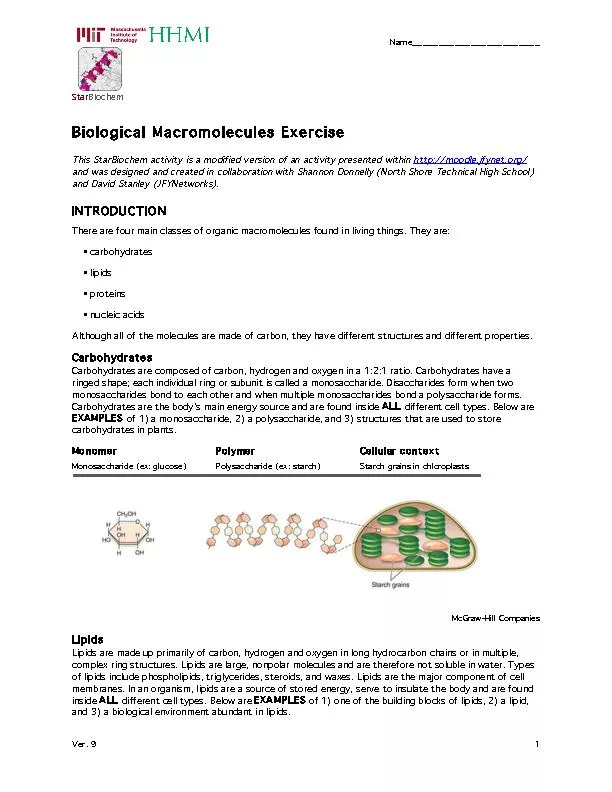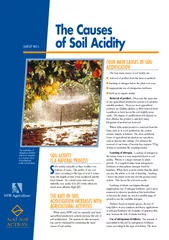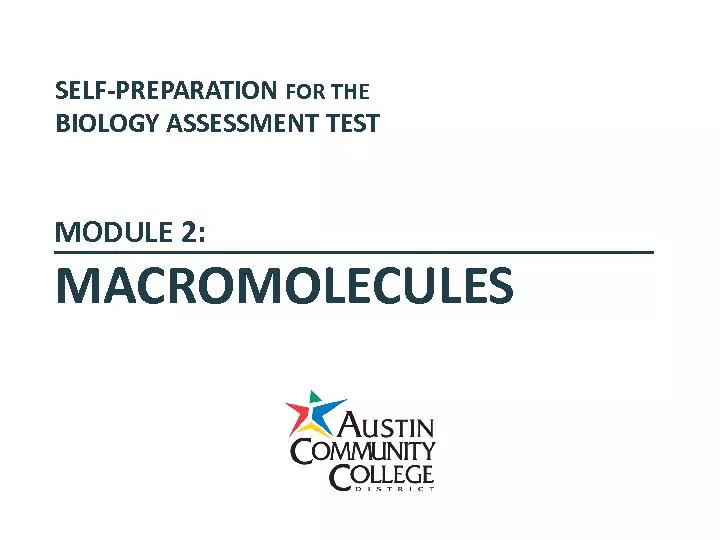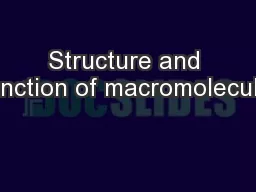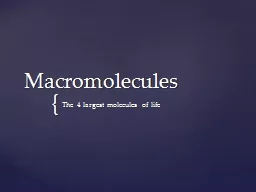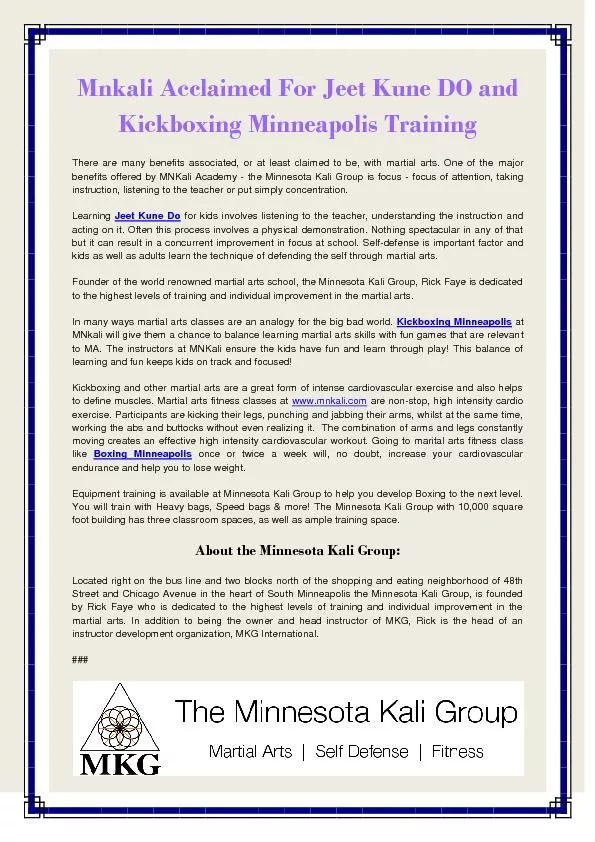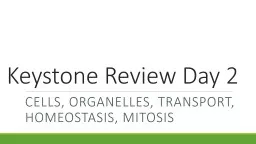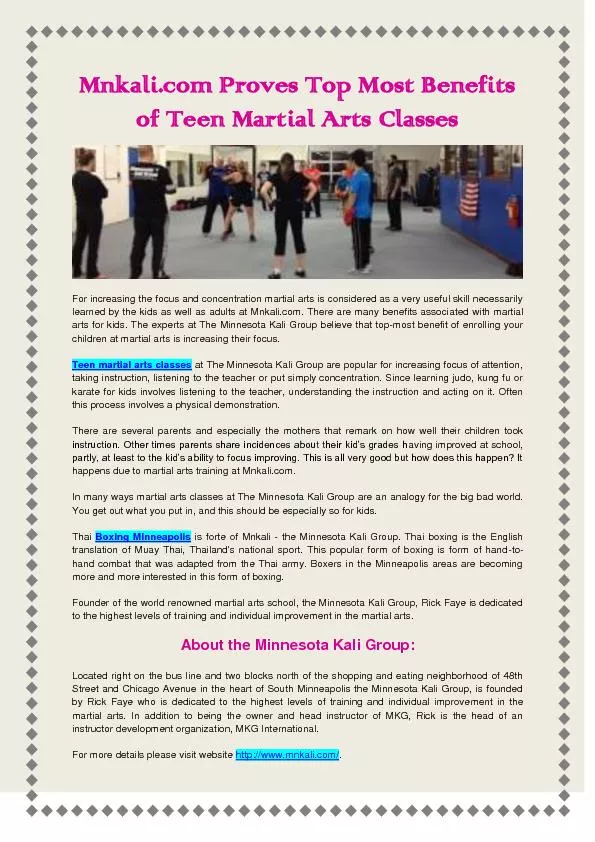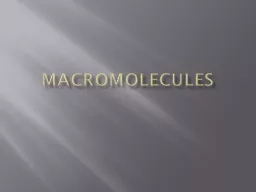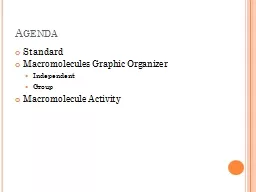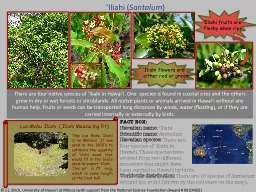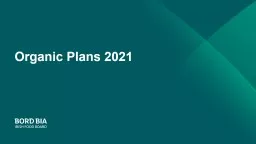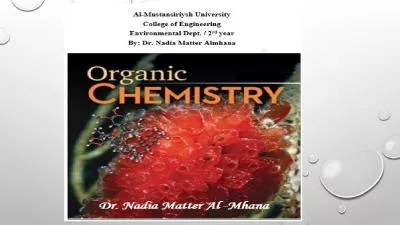PDF-INTRODUCTION There are four main classes of organic macromolecules fou
Author : alida-meadow | Published Date : 2016-06-23
tab select carbon Click on the molecule and drag the mouse to rotate it and view the structure from different angles a How many carbon atoms are in the wax molecule
Presentation Embed Code
Download Presentation
Download Presentation The PPT/PDF document "INTRODUCTION There are four main classes..." is the property of its rightful owner. Permission is granted to download and print the materials on this website for personal, non-commercial use only, and to display it on your personal computer provided you do not modify the materials and that you retain all copyright notices contained in the materials. By downloading content from our website, you accept the terms of this agreement.
INTRODUCTION There are four main classes of organic macromolecules fou: Transcript
Download Rules Of Document
"INTRODUCTION There are four main classes of organic macromolecules fou"The content belongs to its owner. You may download and print it for personal use, without modification, and keep all copyright notices. By downloading, you agree to these terms.
Related Documents

